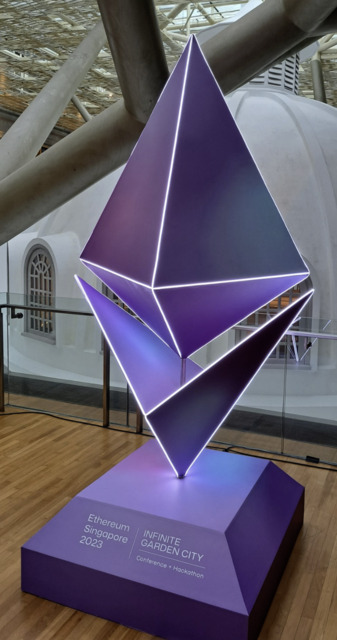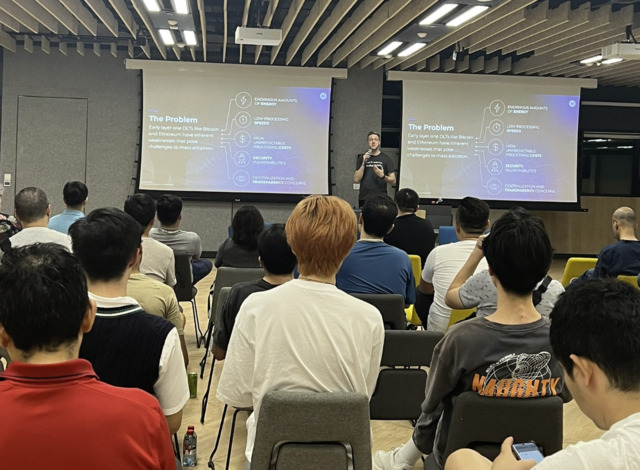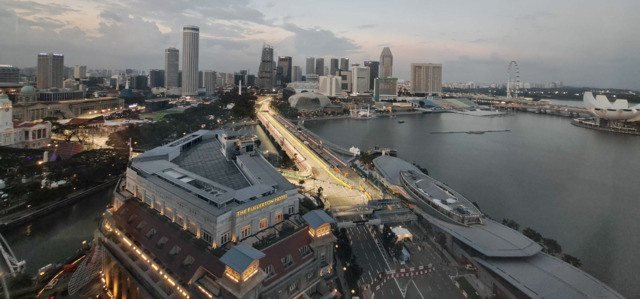Ethereum Singapore and Token2049, 2023
Last week was a hectic week in Singapore - the biggest one of the year for the web3 space: We had Ethereum Singapore and Token2049 back to back. Ethereum Singapore was a more technology/ developer focused event, and Token2049 was a more of a business/ networking focused event, so there was something for everyone. There also was the Formula1 race right after too - completely unrelated, but many stayed on for that as well.
Whenever there are big events like this in town, the scene jumps into high gear, and there will be plenty of side events organised. And by plenty, I mean a ridiculous number* - in one of the popular spreadsheets listing all side events, there were 81 entries on just one of the days. Most of them were somewhere between boozy networking and full-blown parties. Still, there were more than enough legit side events to get to. Here’s what I went for:
- Ethereum Singapore
- Web3 Public Square
- SMU Blockchain Club
- Token2049
- Solidity Singapore
Ethereum Singapore 2023 permalink
Ethereum Singapore was held in the National Gallery, from Sunday through to Tuesday. It was both a hackathon and a conference, with both tracks running simultaneously.
This was my first time seeing the Ethereum logo in 3D, I hadn’t seen that even in DevCon, so that was pretty cool.
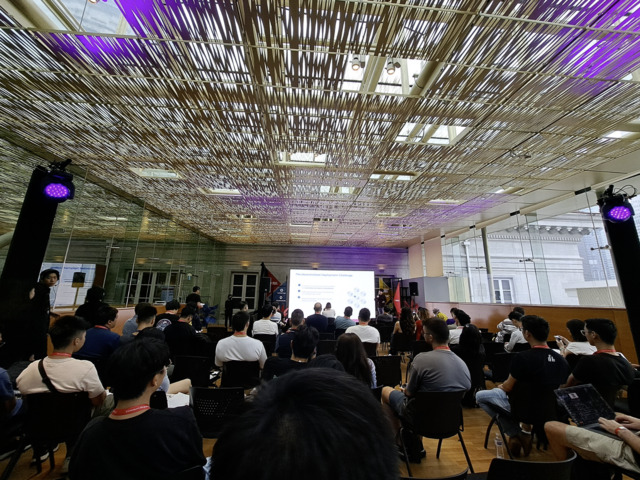
It also featured a Singapore Snacks station, which was a pretty nice touch.

The catalyst for my transition into web3 professionally happened to be EthSingapore 2018, which I still remember quite fondly, and kept comparing this 2023 edition to.
The turn out this year was about a quarter of what it was in 2018, and I think was probably down to the selection of the venue, which way smaller this time around. The other thing was the split between different areas of the building, with the hackathon track in the basement level of the city hall wing, and the conference track in level four of the supreme court wing. This meant that it took about ten minutes each time you wanted to switch between the tracks, and included another round of bag checks by security. Would have been much better to co-locate both tracks, and/or simply run the tracks sequentially rather than concurrently. Also when there’s a hackathon, the venue typically is open till midnight, if not 24 hours - but here it closed at 6pm each day, which was rather strange. Next time there’s an EthSingapore, we should pick a better suited venue for this type of event.
Overall, the event was still a good one in spite of the venue-related limitations. The main highlight being meeting many familiar faces from previous conferences, making new connections, and discovering cool new projects that others were building in the hackathon. And of course, Vitalik - that’s probably half the reason anyone turns up.
Another plus was that the project my team built for the hackathon won a minor prize - we weren’t expecting it, but that was a nice bonus.
I’m planning to create a tutorial about how to create your own Metamask snap for Hedera soon as a result!
Web3 Public Square permalink
The Web3 Public Square side event comprised four different tracks, spread out across the massive WeWork building in UE square. I went for the talk by Lisa Tan, about Economics Design, a book which has become one of the go-to reference materials about token design based on economics fundamentals - sometimes referred to as “cryptoeconomics”.
It was a very punchy talk, and learnt a lot about the main framework/ thesis in the book right from the author.
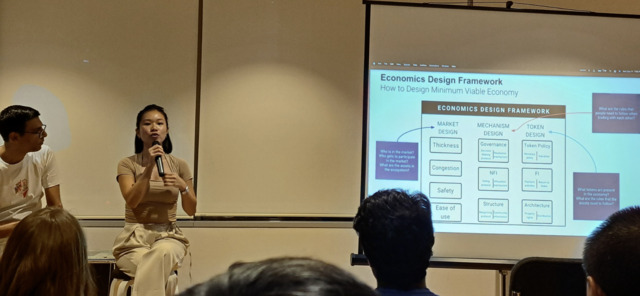
There was even a book giveaway, and I’ve now got a signed copy!
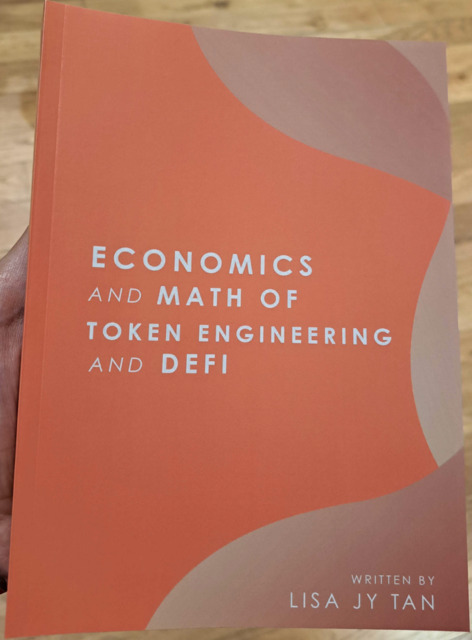
This felt a bit like coming full circle, as back in 2019, when I was running DApps Dev Club, Ashlie Chin was helping to secure the venue, and coordinate the logistics for the meetups, and she recommended that I check out Lisa’s work.
Delving into the book now - better late than never!
CollegeDAO + SMU Blockchain Club - Side Event permalink
CollegeDAO and SMU Blockchain Club co-hosted a meetup with Hedera.
Matt Woodward gave a talk that covered the fundamentals of Hedera, what makes Hedera different from other networks, and some of the interesting projects that have been built on Hedera.
Here’s a quick sample of some of the things talked about:
- Hedera is not a blockchain, but you can do all the “blockchain stuff” on it:
- Blockchains are the most popular type of Distributed Ledger Technology (DLT), but there are other types too, and Hedera is one of them.
- There are no blocks to group transactions.
- Instead it achieves consensus on individual transactions, arranged in a directed acyclic graph.
- The underlying consensus mechanism/ data structure is the Hashgraph, and works using gossip about gossip for transaction propagation, and virtual voting for transaction ordering.
- Hedera is EVM compatible:
- You can write and deploy the same smart contracts on Hedera as you can on Ethereum or other EVM-compatible networks, and they will function the same way.
- Hedera offers more services than other networks
- All other networks typically provide a base layer with accounts and transaction
- Most other networks also typically provide a smart contract layer as well
- In addition to the above, Hedera also provides a file service, a token service, and a consensus service - all of which you can use without using smart contracts
- The energy consumption is super low
- That makes Hedera a very sustainable DLT, as it results in low emissions across the network
- That also makes transactions very fast, the network currently averages 1,500 transactions per second, and can support a peaks of 10,000 transactions per second.
Unfortunately, this talk was not recorded. But you can check out the slides:
Token2049 2023 permalink
Token2049 felt like it was quite possibly the biggest web3 event of the year for Singapore. It spanned 2 entire levels of the conference building of Marina Bay Sands - which is an extremely large area. Filling even a single floor there is quite an achievement. There were so many booths that it was practically impossible to check out all of them.
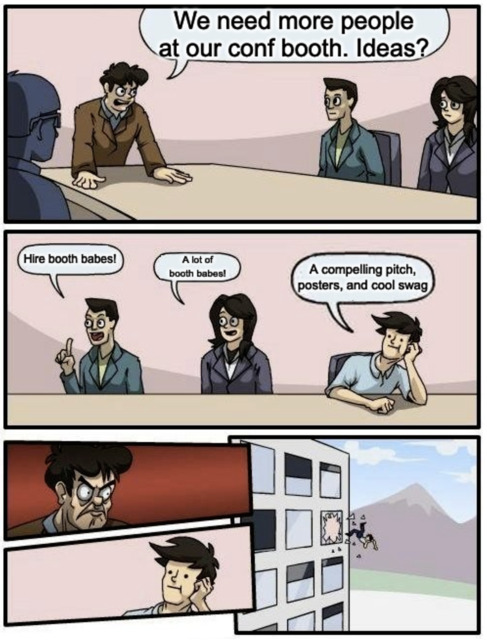
However, as a developer, I initially felt quite a bit out of place, as most of the attendees, and the main theme of this conference, is about business development. Essentially come to Token2049 to pitch your project, or be pitched to by other projects, plus related networking. Personally, I felt much more at home in the Ethereum Singapore event than I was at Token2049. However, after a while, I got used to it, and adapted by having biz dev conversations, with some technical talk peppered in. The yo-yos made this a bit more fun - more on that later.
The Hedera booth was manned by ten of us. Even with that number, at most times it felt like there weren’t enough of us to keep up with the volume of people visiting/ enquiring about Hedera. I particularly liked a couple of aspects of the booth:
(1) There was a bar chart featuring energy consumption per transaction.

This was a huge attention keeper - as soon as this had been pointed out, it was novel enough that everyone wanted to find out more about the network. The reactions were usually either disbelief (“No way!”), or curiosity (“How do you even get that low?”). These were so common that I converged upon a couple of standard answers:
- For disbelief it was: These numbers aren’t actually ours, they’re from an independent study done by UCL.
- For curiosity it was: Because Hedera uses a DAG (Hashgraph) for consensus, and it does not have blocks, which are the bottleneck in other networks.
(2) Sustainable swag - especially the yo-yos 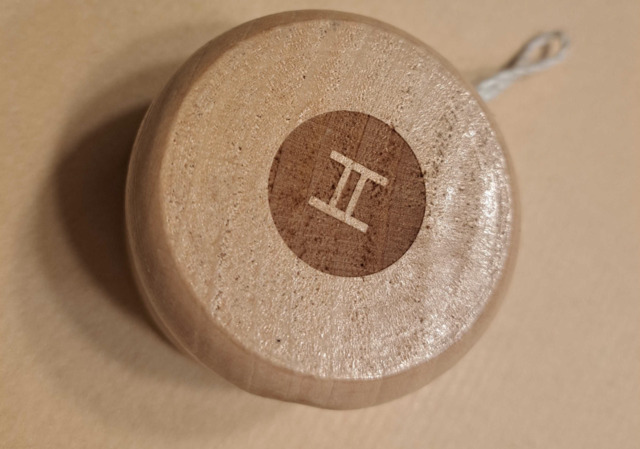
We had stickers, socks, and yo-yos. All of them were made from recycled materials, hence the (legit) claim of “sustainable swag”. Several of us started playing with the yo-yos in front of the booth, and that was certainly an attention grabber. I don’t think there were any other booths with yo-yos in the conference. The vibe that I got was that those who filled out the lead capture form mostly did so to get the yo-yos; and those who stopped to check out the booth (instead of walking on by) mostly did so because they saw a fellow conference attendee (or someone from the Hedera team) playing with one in front of the booth.
There were also a couple of products launched at the conference. One of Hedera’s key ecosystem partners, BCW, launched an integration with Worldpay.
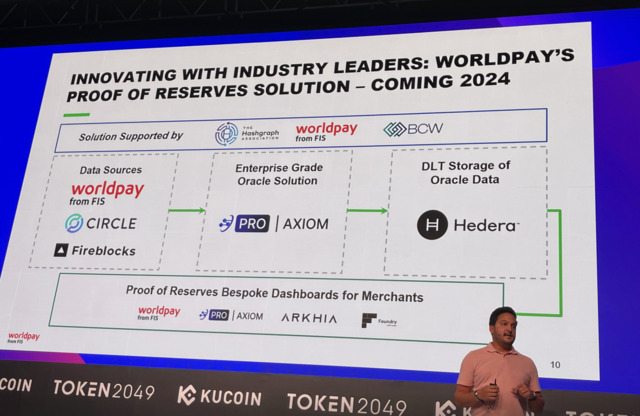
Hedera launched stablecoin studio.

This suite of tools enables someone to create traceable and auditable stablecoins, with built-in features that help to manage reserves, integrate on-off ramp capabilities, etc.
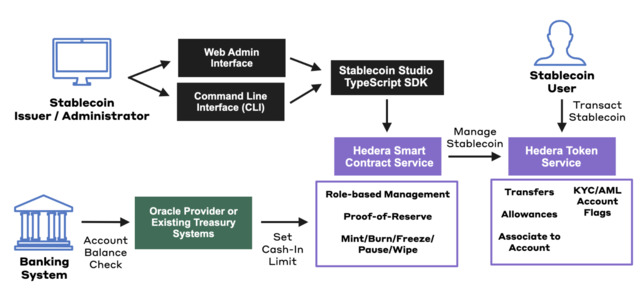
Check out the docs for Hedera’s Stablecoin Studio.
Anyone want to build a web3 neo-bank? Your job just got a whole lot easier.
Solidity Singapore - Side Event permalink
Solidity Singapore is a meetup in Singapore, featuring technical talks about web3 development. I’ve been a regular attendee, and sometimes speaker, at this meetup.
(See summaries of past Solidity Singapore meetups on github.)
This one was held to coincide with Ethereum Singapore + Token2049, and sponsored by Hedera and Tribe.
The event was extremely popular:
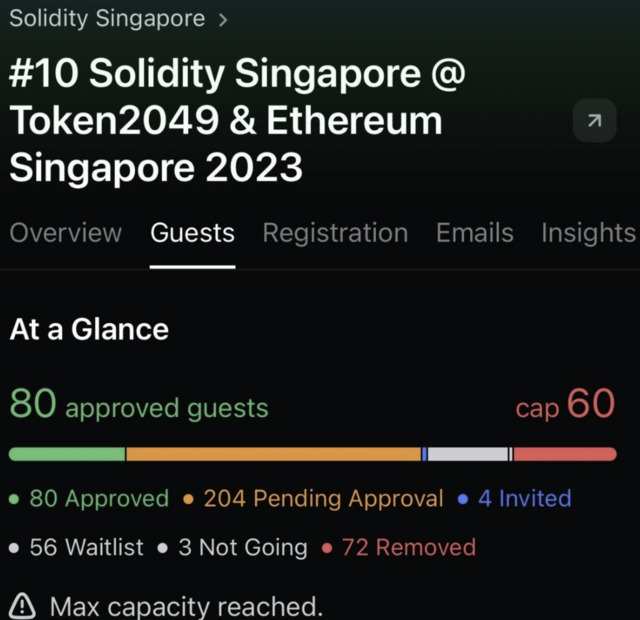
Coincidentally, there was another event on at exactly the same time (web3 builders), and it happened to feature Vitalik as a speaker. Still managed a pretty good turn out at Solidity Singapore… that oversubscription did come in handy after all 😅.

The event was 🔥🔥🔥 with six talks featured at the meetup:
(1) I gave a talk about account abstraction, contrasting the different approaches between Ethereum and Hedera
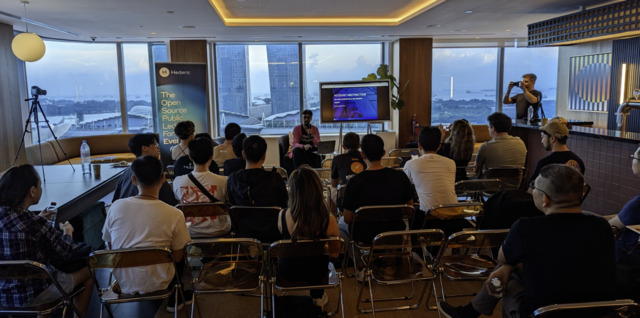
I’ll add a separate/ detailed post about this soon!
(2) @optimizoor - Gas Optimisation with Solady
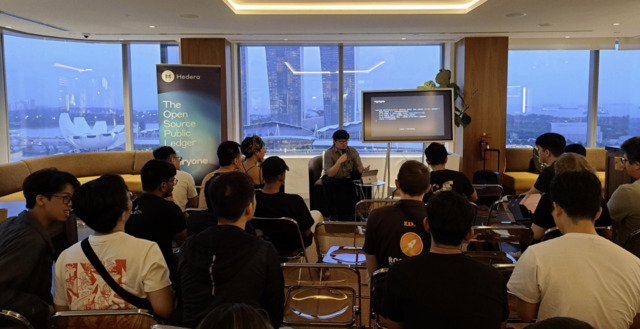
(3) Agnish Ghosh - Verkle Tries, Statelessness

(4) Alex Xiong - Espresso Sequencer (Hotshot + Tiramisu)

(5) Amber Huang - Finding bugs in zkEVM (Veridise)
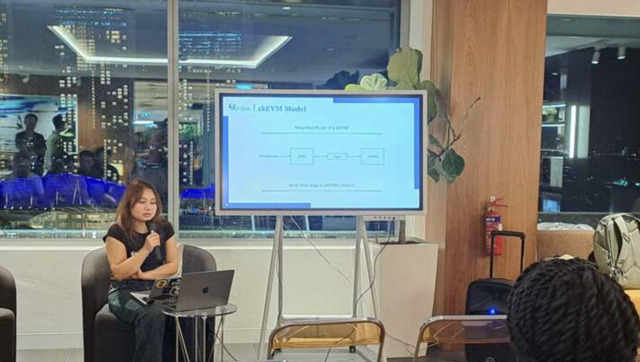
(6) Suede Kam - zkEVM secure and trustless oracles (Hyper Oracle)

Wrap permalink
… and that’s a wrap - what a week! 😅
